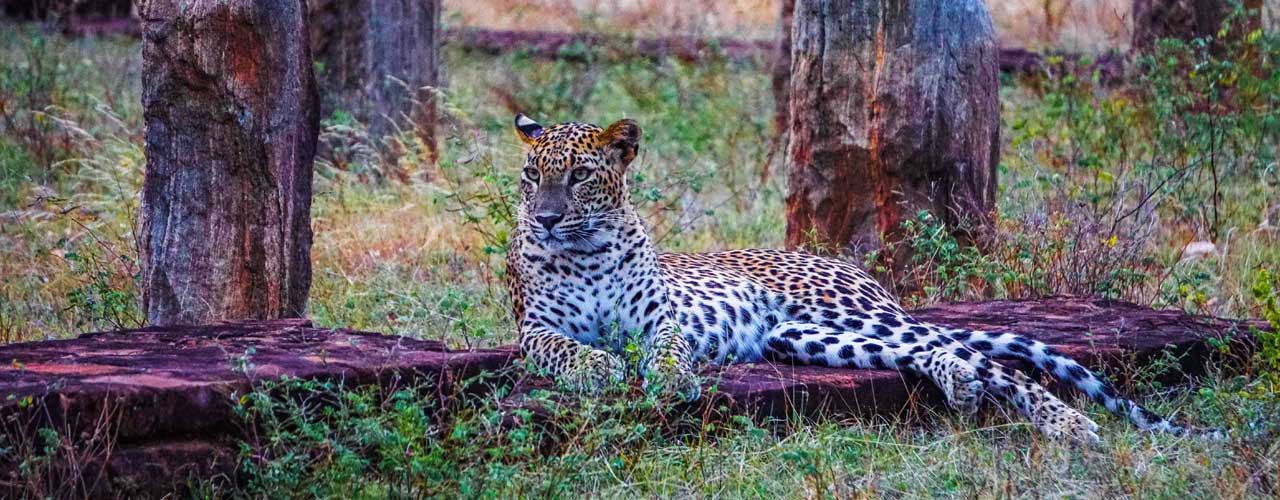Kalawewa
Lined with massive kumbuk trees, Kalawewa National Park is a beautiful expanse of forest surrounding the giant Kalawewa and Balalu Wewa tanks, constructed by King Datusena in the 5th Century. Expanding over 6000 hectares, this park has the largest concentration of tuskers in Sri Lanka.
Kalawewa was designated as national park in 2015, and it is the perfect destinations for the wildlife enthusiasts who love the untouched wilderness. During the dry season, when the water levels recedes and the tank bed becomes a lush grassland providing the animals with fodder, the big herds of up to 50 elephants gather around the banks of the reservoirs. The park has a fascinating birdlife too. During the driest months of the year, large flocks of thousands of open-billed storks can be seen at once.
Elephants in Kalawewa
According to the elephant census carried out in 2011 by the Wildlife Conservation Department, Sri Lanka is home to 5,879 elephants out of which only about 120 are tuskers.
Elephants are highly intelligent animals that form deep family bonds and display complex social behaviors as well as a number of adaptations that help them maintain communication. They have a very sensitive hearing and memories that span many years.
Elephants live in tight matriarchal family groups of related and non-related females, juveniles and calves. A typical herd has 4 to 8 elephants, and it comprises of both related and non-related adult females, juveniles and calves. It is led by the oldest female, called a matriarch, that guides the herd from area to another to find fodder and water according to the same foraging patterns year after year.
All male, or bull elephants do not have tusks - in Sri Lanka only about seven per cent of male elephants have them. In general, bulls live a solitary life, alone or in loose association with other bulls. In early years of adulthood, males are driven out of the family group and they start learning the capabilities of other bulls in their area. Bulls have a very clear pecking order and a social hierarchy determinates their status when they start seeking for females.
Regularly, elephants come together to feed, socialise and raise their babies. Depending on the region, these mega herds can have from 50 up to thousands of elephants. During the dry season in Kalawewa, elephants herds from the sanctuary as well as the herds from nearby jungle areas gather to the banks of the reservoir. Then, when the monsoon rains commence in October-November, the reservoir fills up and the grasslands submerge. While the resident herds remain in the area, the migratory herds return to their homelands.





































